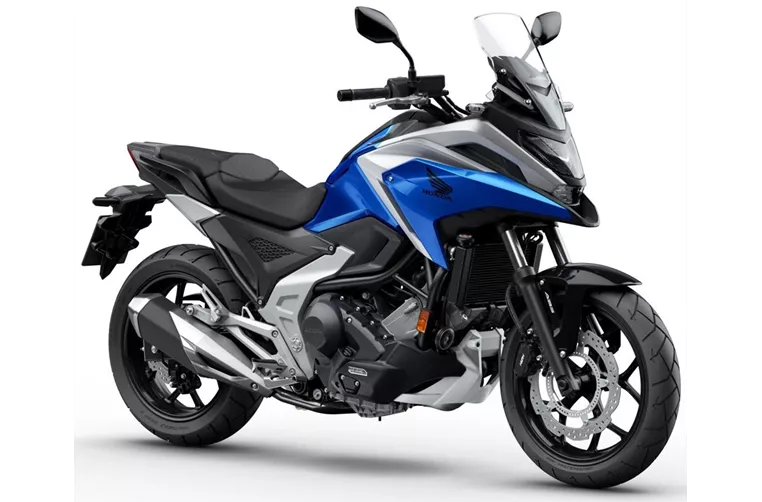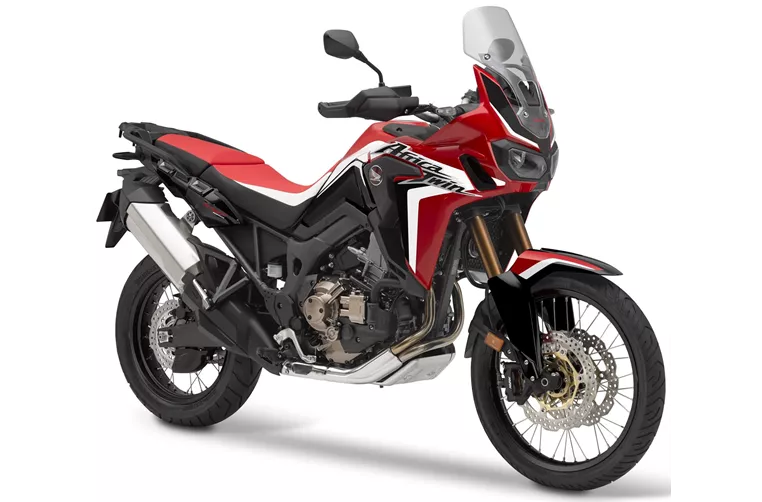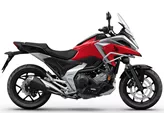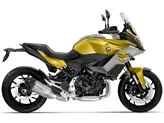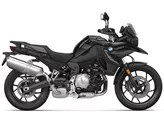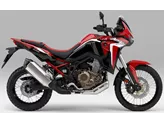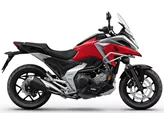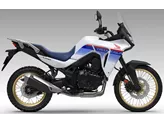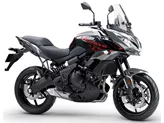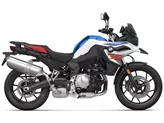Honda NC750X DCT 2021 vs. Honda CRF1000L Africa Twin DCT 2019
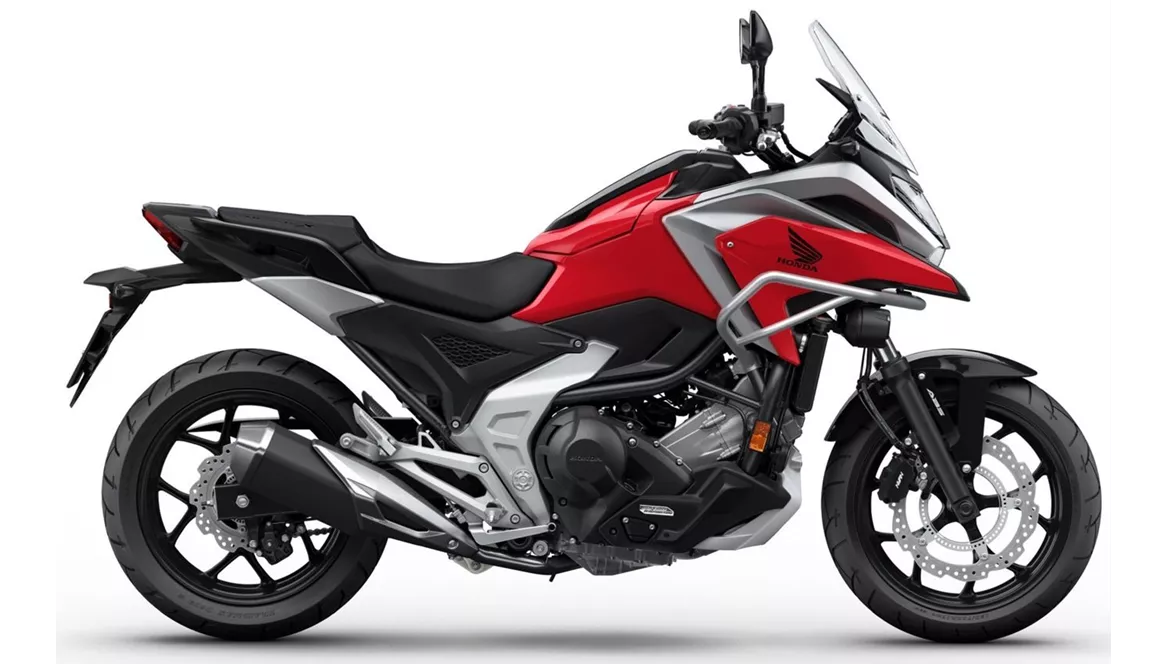
Honda NC750X DCT 2021
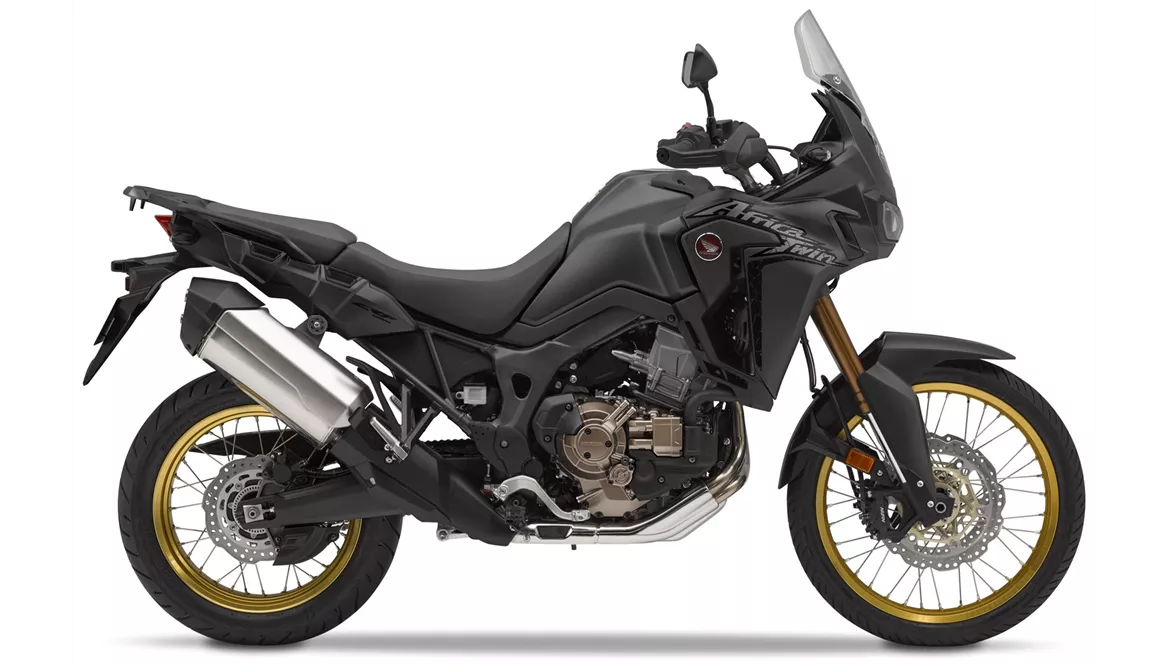
Honda CRF1000L Africa Twin DCT 2019
Overview - Honda NC750X DCT 2021 vs Honda CRF1000L Africa Twin DCT 2019
The Honda NC750X DCT 2021 and the Honda CRF1000L Africa Twin DCT 2019 are both enduro motorcycles with similar engine types, inline configurations, and chain transmissions. However, there are several notable differences between the two models.
In terms of engine specifications, the NC750X DCT 2021 has a smaller bore and stroke of 77mm and 80mm respectively, compared to the CRF1000L Africa Twin DCT 2019's 92mm bore and 75.1mm stroke. This results in a lower engine power of 59 HP for the NC750X and 95 HP for the Africa Twin. The Africa Twin also has a higher torque of 98 Nm compared to the NC750X's 69 Nm. The displacement of the NC750X is 745ccm, while the Africa Twin has a larger displacement of 998ccm.
In terms of suspension, the NC750X features a telescopic fork front suspension and a monoshock rear suspension, while the Africa Twin has an upside-down telescopic fork front suspension and a monoshock rear suspension. This difference in front suspension design may affect the handling and performance of the motorcycles.
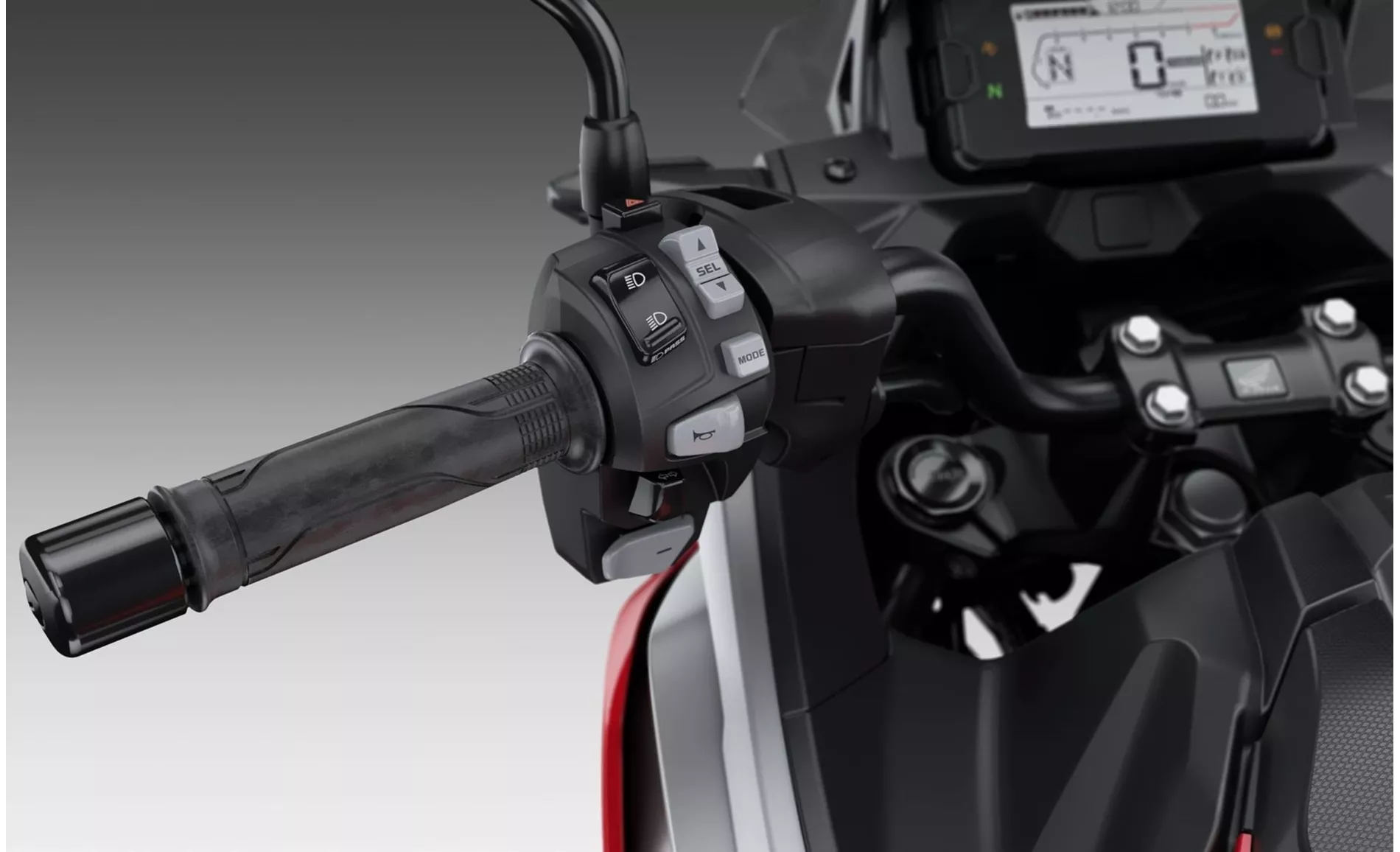
Honda NC750X DCT 2021
The braking systems also differ between the two models. The NC750X has a single disk front brake, while the Africa Twin has double disk front brakes. This may result in differences in braking performance and stopping power.
In terms of dimensions and weights, the Africa Twin has a larger front tire diameter of 21 inches compared to the NC750X's 17 inches. The rear tire width of the Africa Twin is 150mm, while the NC750X has a rear tire width of 160mm. The Africa Twin also has a larger rear tire diameter of 18 inches compared to the NC750X's 17 inches. The wheelbase of the Africa Twin is slightly longer at 1575mm compared to the NC750X's 1535mm. The seat height of the Africa Twin is also higher at 850mm compared to the NC750X's 800mm. Additionally, the Africa Twin has a larger fuel tank capacity of 18.8 liters, while the NC750X has a fuel tank capacity of 14.1 liters. The Africa Twin is also heavier with a kerb weight of 242kg compared to the NC750X's 224kg.
In terms of strengths, the NC750X DCT 2021 is praised for being very manageable, affordable, and having low fuel consumption. Its low center of gravity contributes to top handling, and it offers 23 liters of storage space instead of a traditional tank. The DCT dual-clutch transmission and adjustable driving modes are also highlighted as strengths. Additionally, the NC750X has acceptable brakes.
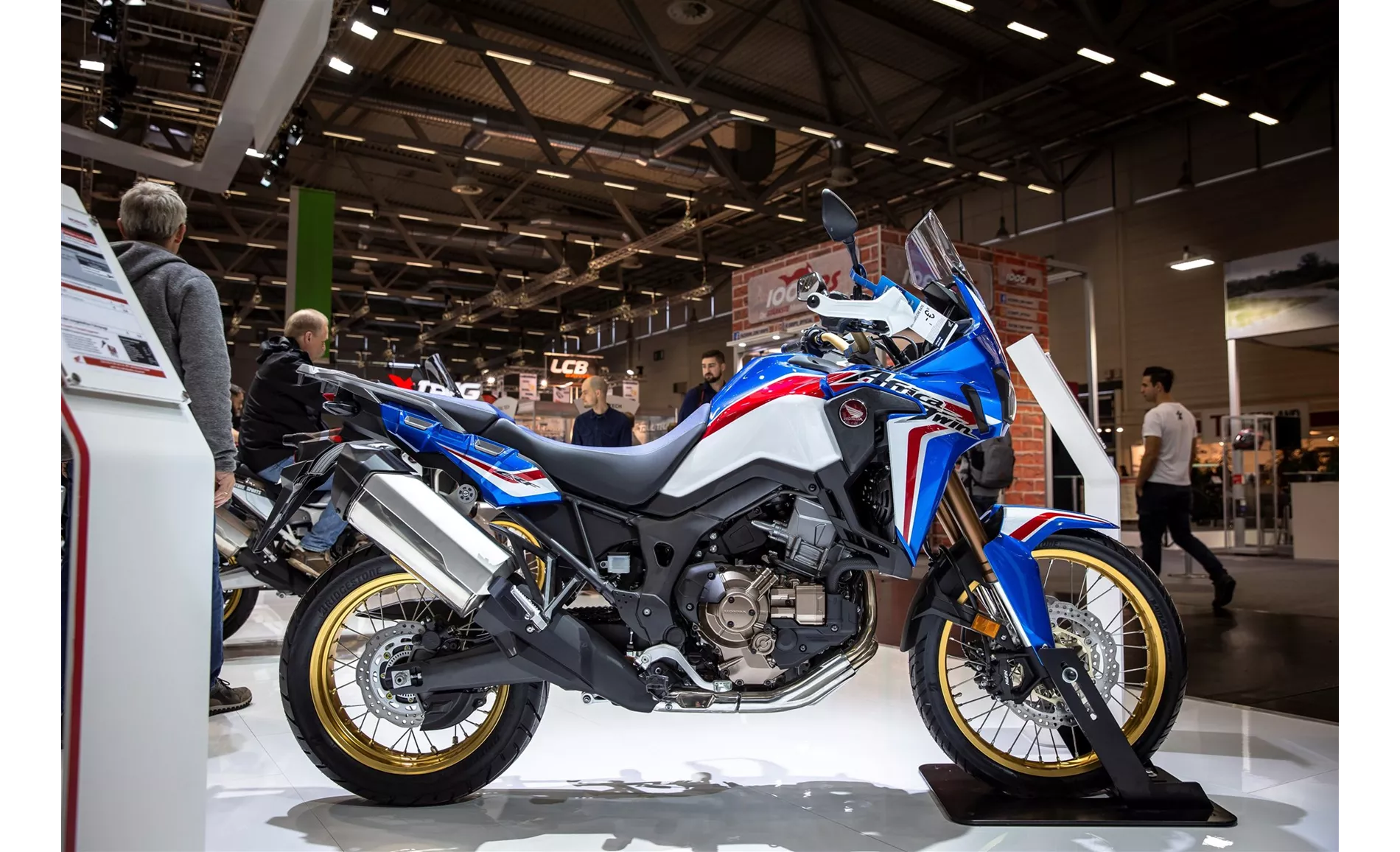
Honda CRF1000L Africa Twin DCT 2019
On the other hand, the Africa Twin DCT 2019 is praised for its successful appearance, good workmanship, and high reliability. The well-functioning DCT is also mentioned as a strength, making it suitable for touring and traveling, even with a pillion passenger. The Africa Twin is also known for its great, roaring sound and its suitability for off-road use.
In terms of weaknesses, the NC750X DCT 2021 is noted to have a non-adjustable windshield and only a single front disc brake. The Africa Twin DCT 2019 is mentioned to have a chassis that is a little too soft, making it difficult to drive a precise line. Some riders also feel that the Africa Twin could benefit from more sportiness and performance.
In summary, the Honda NC750X DCT 2021 and the Honda CRF1000L Africa Twin DCT 2019 have distinct differences in engine specifications, suspension, braking systems, dimensions, and weights. While the NC750X is praised for its manageability, affordability, and fuel efficiency, the Africa Twin is appreciated for its appearance, workmanship, reliability, and off-road capabilities. Both models have their own strengths and weaknesses, catering to different riding preferences and needs.
Technical Specifications Honda NC750X DCT 2021 compared to Honda CRF1000L Africa Twin DCT 2019
Pros and Cons in comparison
Pros and Cons in comparison
Honda NC750X DCT 2021

It is all too easy to label the NC750X as an emotionless, boring everyday machine. But while it is indeed an excellent, economical and, thanks to the extra storage space, extremely practical bike for the daily ride to work, it can also make your heart beat faster. The low centre of gravity gives it top handling and in sport mode you can take advantage of it. Contrary to expectations, the NC750X is a joy to ride, even when cornering. Even the sound at sporty speeds is impressive and sounds like a much bigger motorbike. The DCT suits the NC750X perfectly and is an asset in all riding situations. If you can get by with 59 hp and are looking for a motorbike for all occasions, the NC is the perfect choice.
Honda CRF1000L Africa Twin DCT 2019
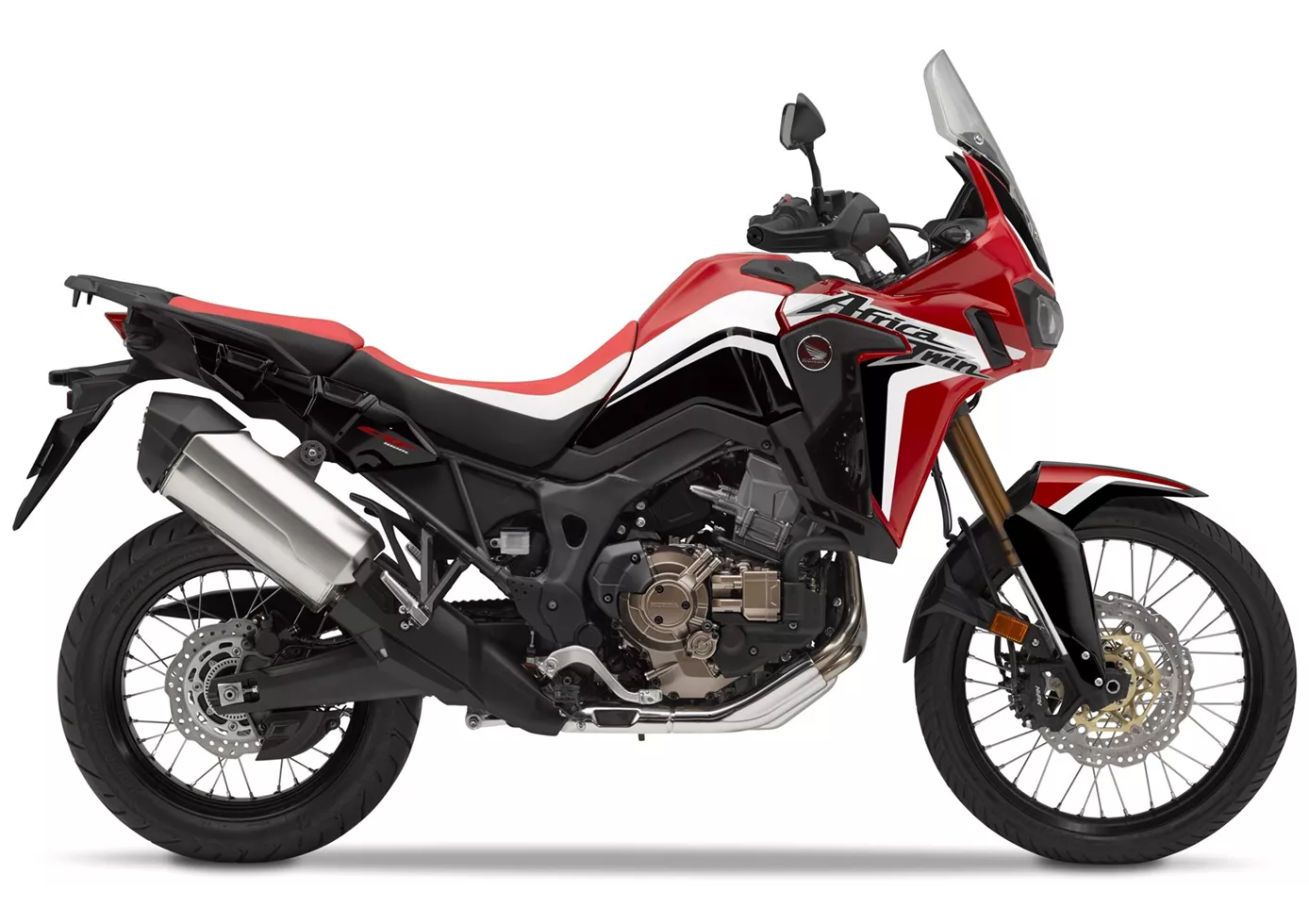
The look and design of the Honda CRF1000L Africa TWin DCT is insanely beautiful, but our testers are not dazzled by it. The chassis could be harder, especially for the road, and more power and sportiness would also do the Africa Twin good. Apart from that, however, the rest works great. Reliability, suitability for touring and a well-rounded overall package - what more could you want on a touring enduro.
Price Comparison Avarage Market Price Honda NC750X DCT vs Honda CRF1000L Africa Twin DCT
There are a few key differences between a Honda NC750X DCT 2021 and a Honda CRF1000L Africa Twin DCT 2019. In terms of price, the actual average price of a Honda CRF1000L Africa Twin DCT 2019 is about 49% higher. Compared to Honda CRF1000L Africa Twin DCT 2019 there are less Honda NC750X DCT 2021 bikes available on the 1000PS.de Marketplace, specifically 6 compared to 10. It takes less time to sell a Honda NC750X DCT with 75 days compared to 90 days for a Honda CRF1000L Africa Twin DCT. Since model year 2018 1000PS.de editors have written 8 reviews for the Honda NC750X DCT and 11 reviews for the Honda CRF1000L Africa Twin DCT since model year 2017. The first review for the Honda NC750X DCT was published on 16/01/2019 and now has more than 21,800 views. This compares to more than 34,500 views for the first review on Honda CRF1000L Africa Twin DCT published on 06/09/2017.
